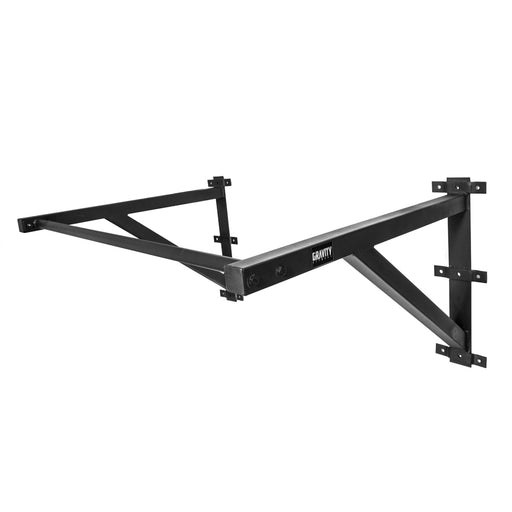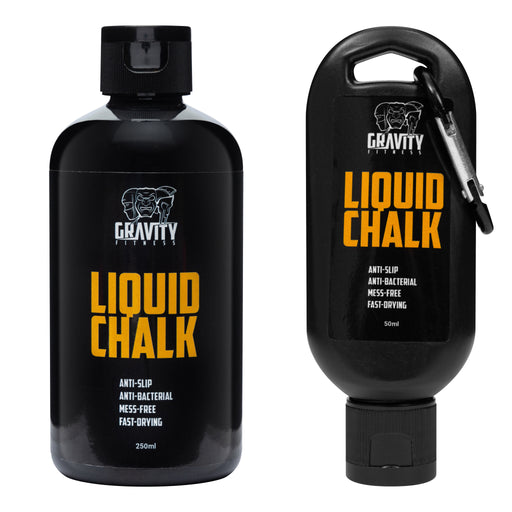
Ancient Forms Of Training: Physical Culture In China
Ancient Forms Of Training: Physical Culture In China
How you can use the earliest forms of Chinese physical training in your workouts?
What is physical culture?
Physical culture is a philosophical term incorporating training, movement, and lifestyle decisions that centres a healthy body and mind. Although physical culture was coned in the 19th century, it’s a great way to describe some of the more ancient forms of training from around the world. In this series, we’ll explore ancient and lost training from different regions. First up: China.
The origins of Chinese physical training
Ancient Chinese physical culture included martial arts, of course, but also forms of weightlifting, archery, tug of war, throwing sports, and boxing.
Physical training in ancient China had a range of meanings beyond exercise. Training formed part of religious ritual, social custom and was used to train men for battle and self-defence.
Calisthenics was a huge part of Chinese physical culture, especially before formal weights and gym training spaces were introduced. In time, weightlifting evolved into an exhibition sport. Soldiers and athletes would lift odd objects that wouldn’t look out of place in a strongman competition: rocks, heavy weapons, and the Ding.
5 types of forgotten Chinese training
Ding lift
The Ding was a huge tripod cauldron that became a test of strength during the Warring States period (475-221 BC). A Ding usually took at least two men to lift.
Wu Qin Xi
A form of workout invented by Young Hua, widely believed to be China’s first named workout system. Wu Qin Xi workouts mirror the movement patterns of wild animals to keep the body moving naturally.
Tug of war
Practiced as a competitive sport between two teams, tug of war originated in various ancient cultures – including China.
Qigong
Qigong is a holistic practice that aligns breathwork, flowing bodyweight movements, and self-awareness to train the physical and emotional aspects of the athlete.
Stone throwing
Heavy stones were lifted and thrown as training and tests of strength by soldiers and athletes throughout ancient Chinese physical culture.
Modern workouts influenced by ancient Chinese
We can learn a lot from the way ancient Chinese training methods aimed to develop every element of the body and mind. And they weren’t just reserved for young, fit men. There’s plenty of evidence that ancient China created training methods to help older adults maintain balance, posture, and mental wellness.
It’s probably impossible to get hold of an ancient Chinese Ding (if you’ve got one in your attic, call Antiques Roadshow!) But there are plenty of ways to incorporate ancient Chinese training philosophies into your workouts.
Macebell training
Macebells are a modern replacement for the heavy swords used in ancient Chinese training. Use macebells to develop movement flows and full-body workouts that challenge your strength, mobility, balance and proprioception – just as those battle-inspired workouts would have done.
Atlas stone workouts
It’s no surprise that the ancient Chinese used stones as early weights. Atlas stones are an amazing way to work your grip whilst lifting, pulling, carrying and loading. If you’re looking for a more practical answer to Atlas stones, get yourself a heavy sandbag.
Animal Flow
Animal Flow is a workout inspired by the movements of wild animals – just like Wu Qin Xi. This popular mobility and strength practice is growing in popularity, so see if there’s an instructor near you.
Calisthenics
Most ancient cultures used calisthenics, bodyweight workouts, and gymnastics to build functional strength ready for battles, manual labour, and daily life. Luckily for us, calisthenics is still the easiest way to tap into ancient physical culture. Get started by getting a set of parallettes or a portable pull up rack and working on your basic calisthenics movements without any extra weight.
Develop your own approach to physical culture with our dedicated functional fitness range – check out the full store here.











































